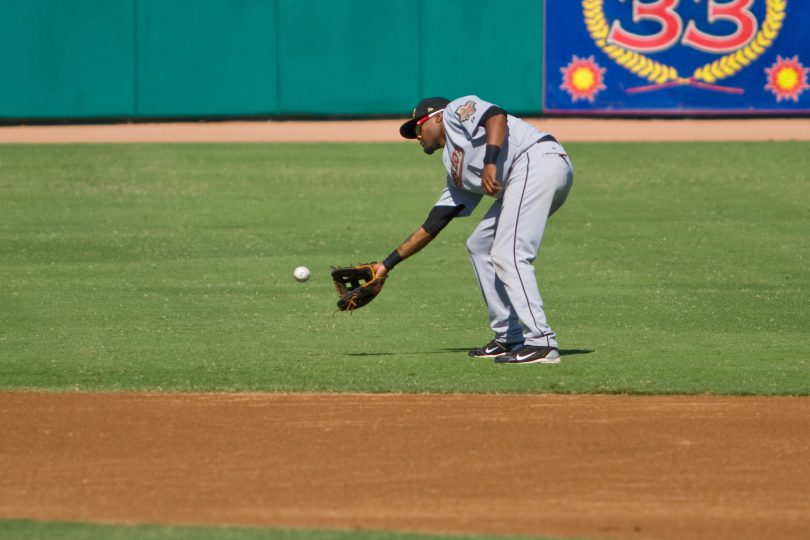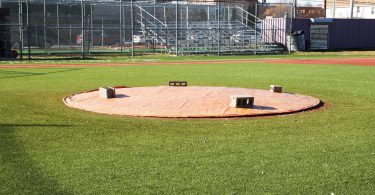Let’s talk about playing quality catch… again. Why? Because playing quality catch is the single most important part of your defensive work and you are not doing it as well as you should. It’s okay, most people don’t and maybe no one has explained how important it is to your game. You will have some adjustments to make moving forward if you want to be considered a serious ballplayer by college coaches. The good news is most of your defensive miscues and inefficiencies can be improved/fixed by learning how to play quality catch and doing it on a daily basis.
In this two-part series, we first look at the importance of catch play from a college recruiter’s perspective and how you can use quality catch play to boost your stock. Next time, we’ll cover how quality catch translates to quality in other areas and improves your baseball IQ. There’s lots to cover, so let’s get right into it.
As a college coach and recruiter, I was afforded the opportunity to watch literally hundreds of different teams play catch each year. Out of all those teams, including my own, few played catch the way they should. Having been to several high school and college games already this year, I can confirm that this is still the case. Watching a recruit play catch is one of the single most important things a college coach can do. Past experience tells me that catch play is a microcosm of a recruit’s overall process and preparation. Are they taking the single most important part of their defensive work seriously? Is there a plan? Are they using the time to get better? Can they move around and adjust to the ball athletically? Is there intent behind what they are doing? The way a player plays catch is a pretty good indication of the importance they place on details and the way they conceptualize training and preparation in general.
Here is what I would want each player I saw on the recruiting trail and each college baseball hopeful to know about playing catch, from a coach and recruiter’s perspective. Playing catch is not a warm-up and it is not ‘getting loose.’ You need to be warmed-up and ready to go before you play catch. Being able to throw and catch the ball the way you want is defense. Taking care of the baseball is defense. Playing quality purposeful catch is your first step to being a better defender and getting recruited. If you can’t play catch, you can’t play defense, and, to quote coach O’Sullivan from University of Florida, “If you can’t play defense, you can’t play at our level.”
As I spoke to earlier, when a college coach watches you play catch, they can evaluate much more than your arm strength and accuracy. Below is a non-comprehensive list of some of the skills and attributes that a coach may be able to evaluate based on watching you play catch:
- Focus
- Ability to make adjustments
- Simple and efficient movement patterns
- Athleticism
- Arm Action
- Quality Footwork
- Quality Glove work
- Quick Transfer
- Willingness to move your feet
- Ability to create catchable hops
- Arm Strength
- Accuracy
- The way you value process
- The way you value preparation
Would you want a coach to know you have or can do these things? If the answer is yes, check out Quality Catch Play Part 2, for more specific and concrete guidance on how to use catch play to improve these areas of your game.







